You can trust Cyclingnews
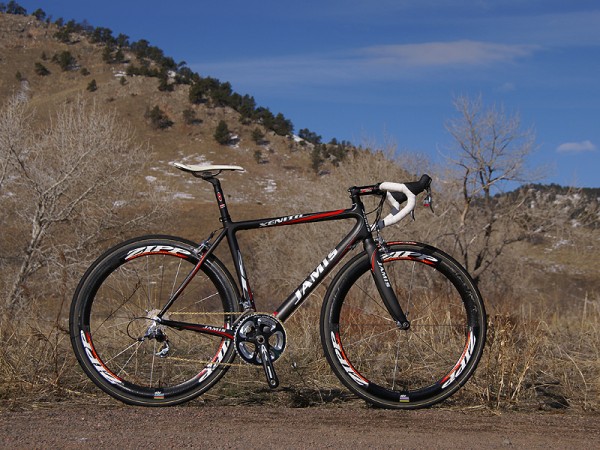
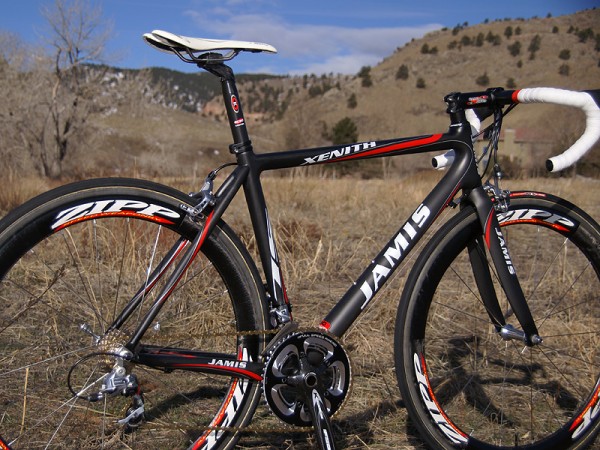
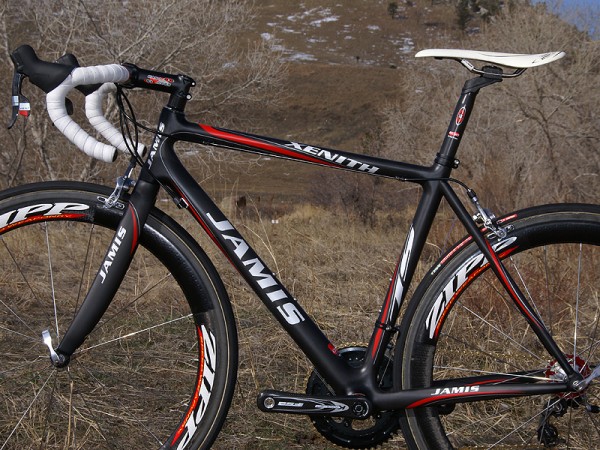
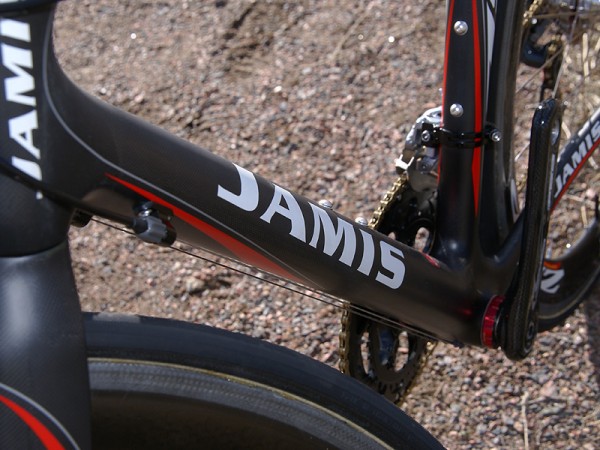
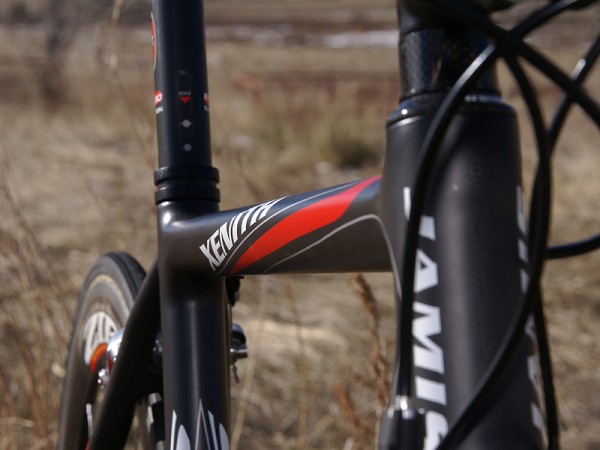
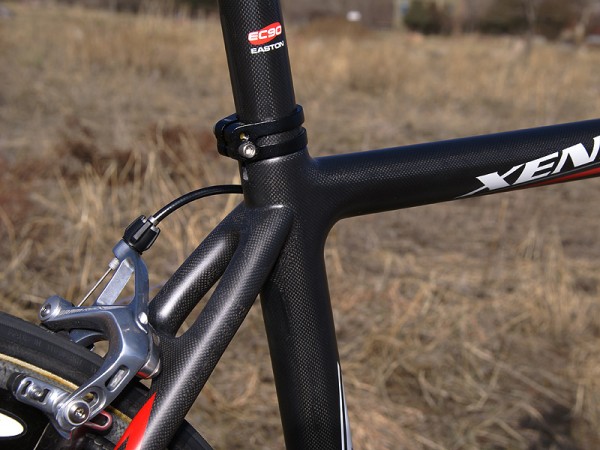
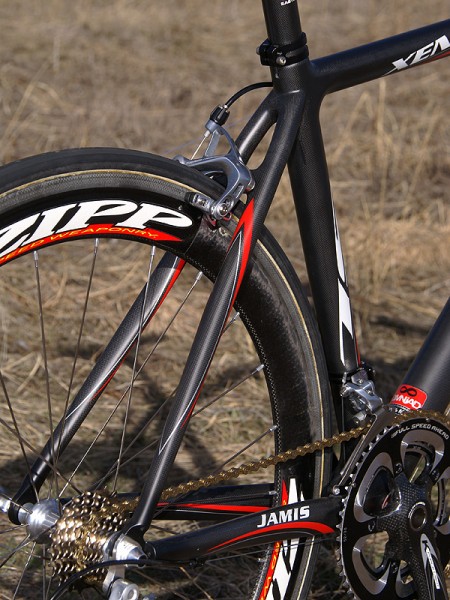
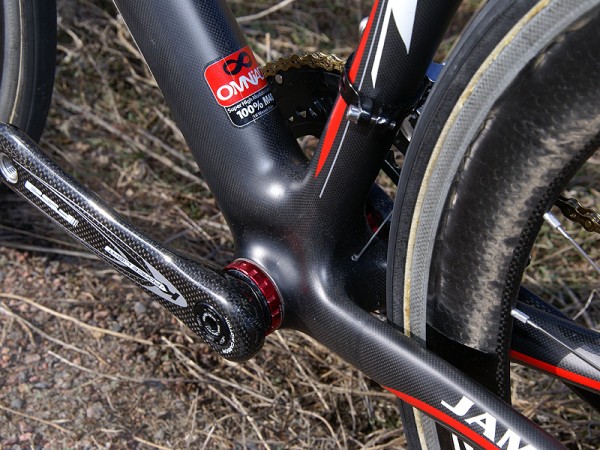
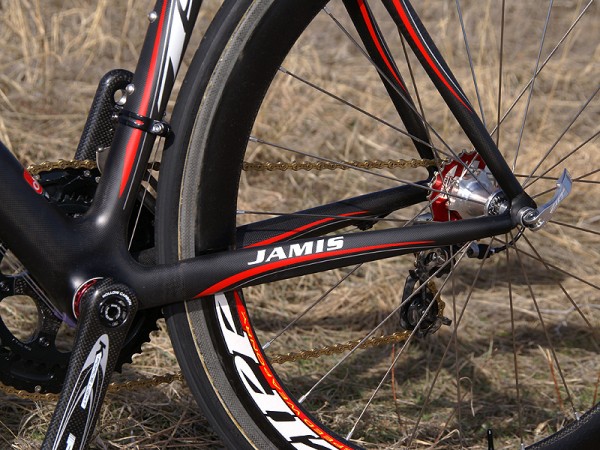
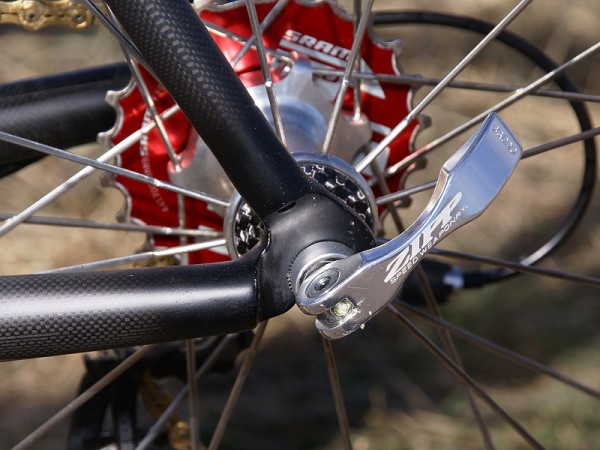
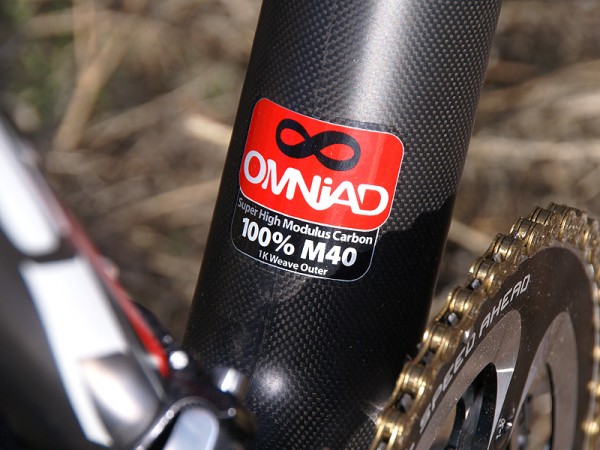
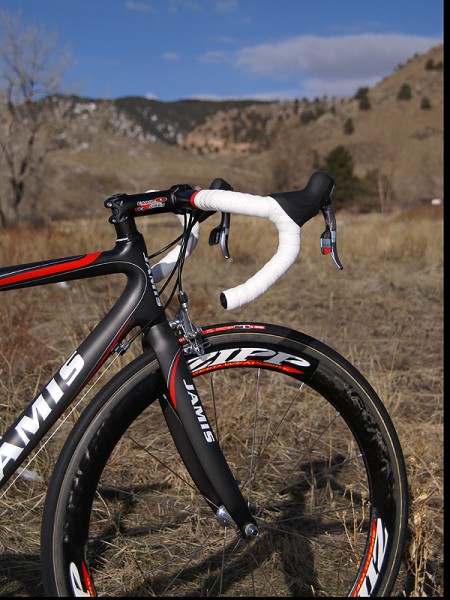
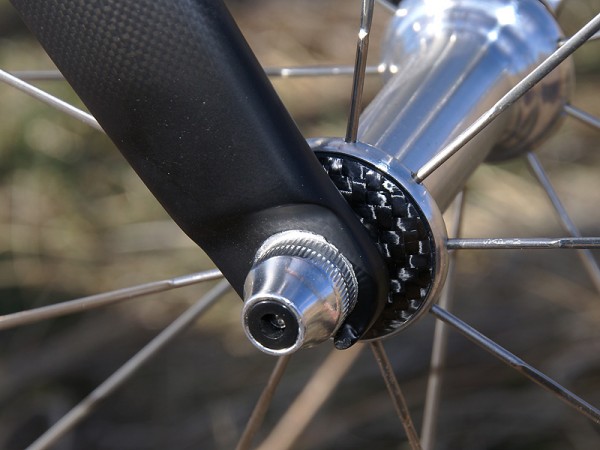
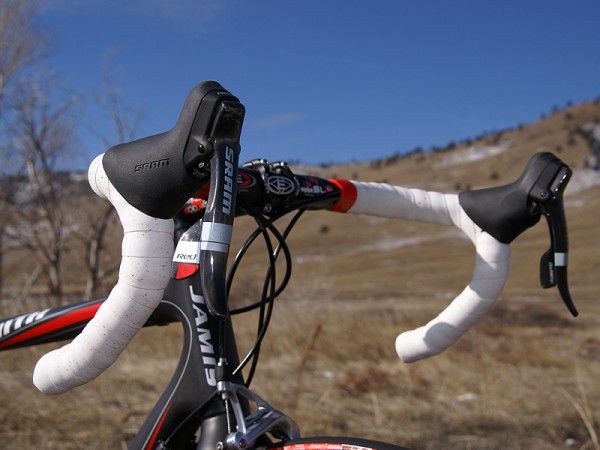
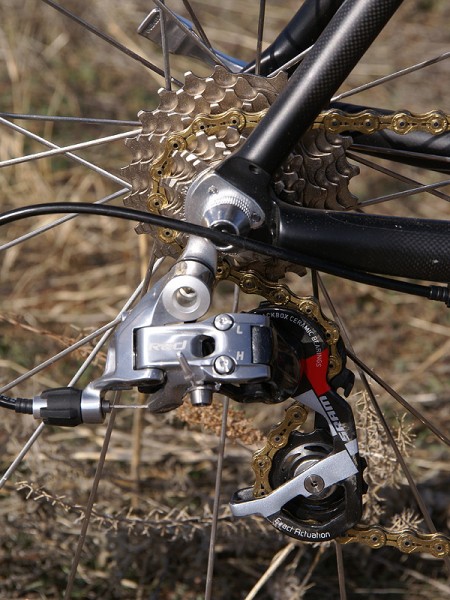
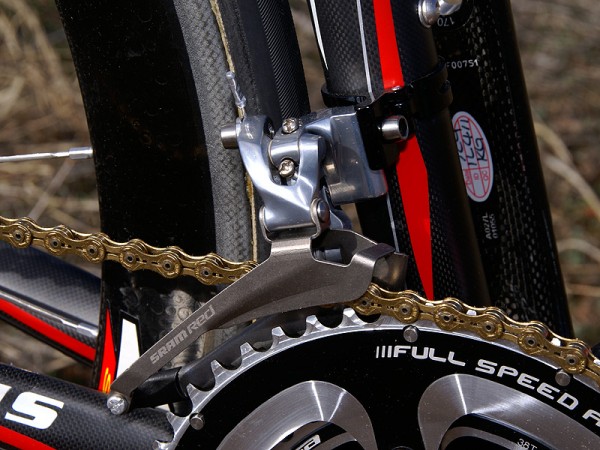
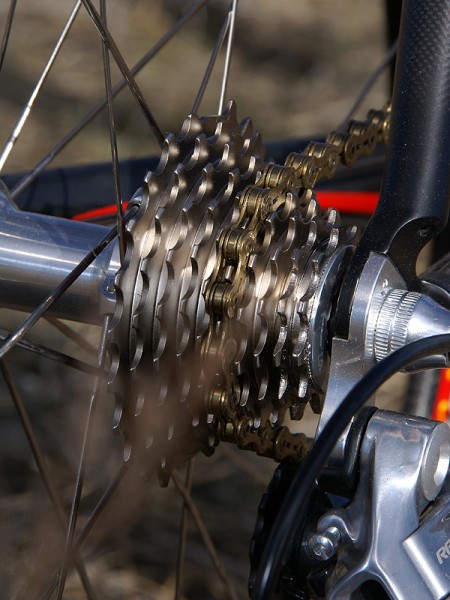
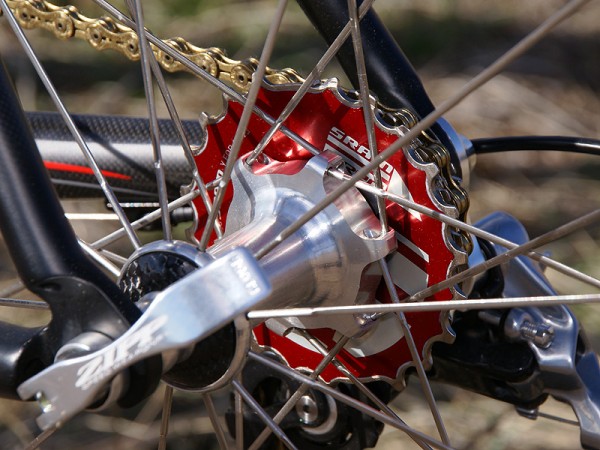
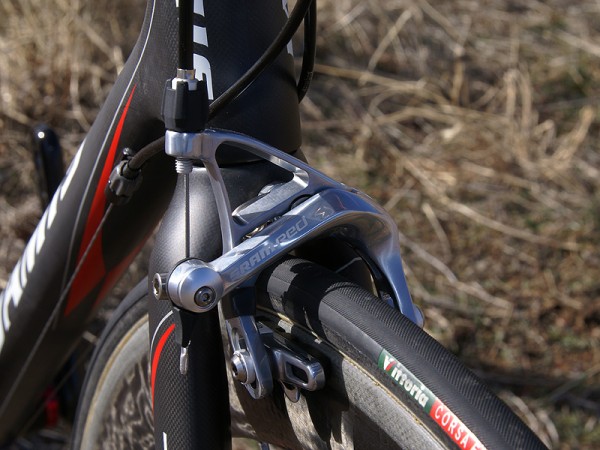
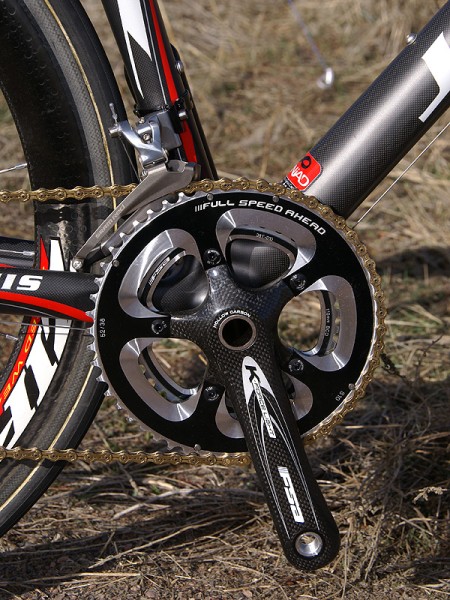
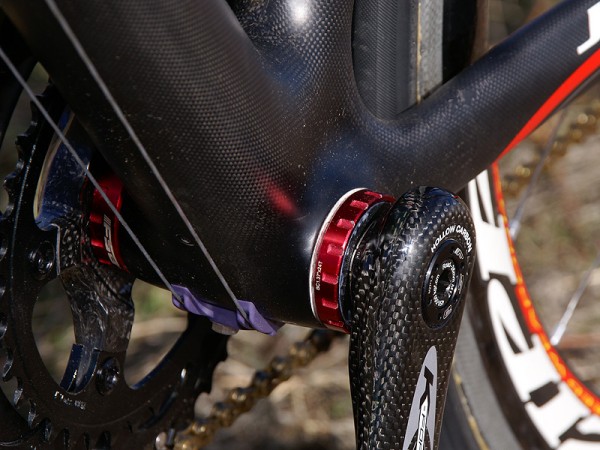
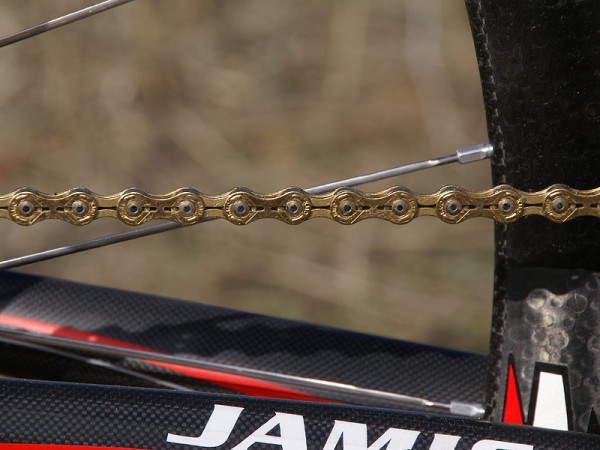
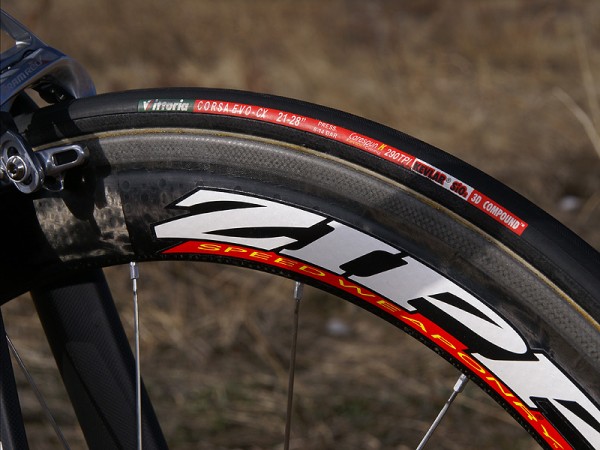
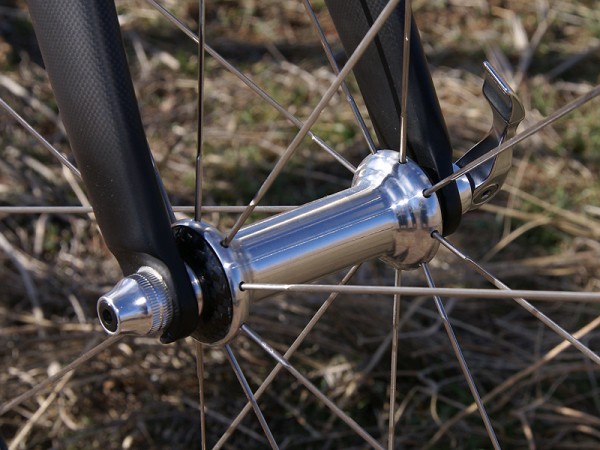
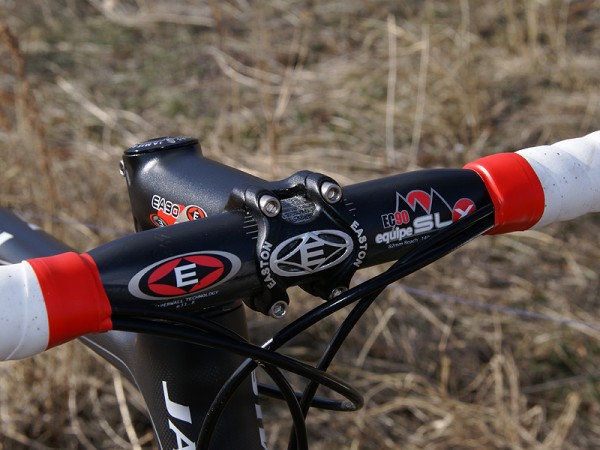
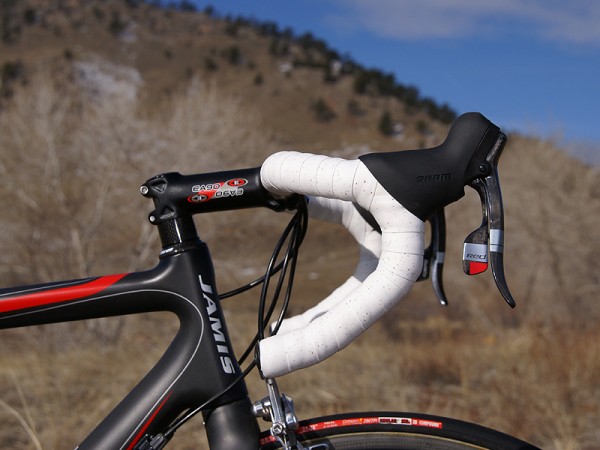
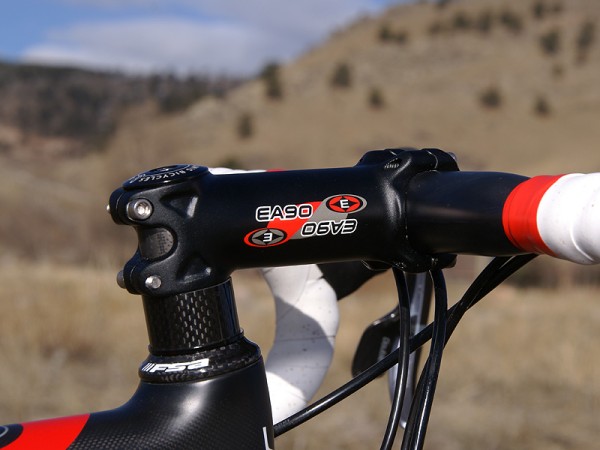
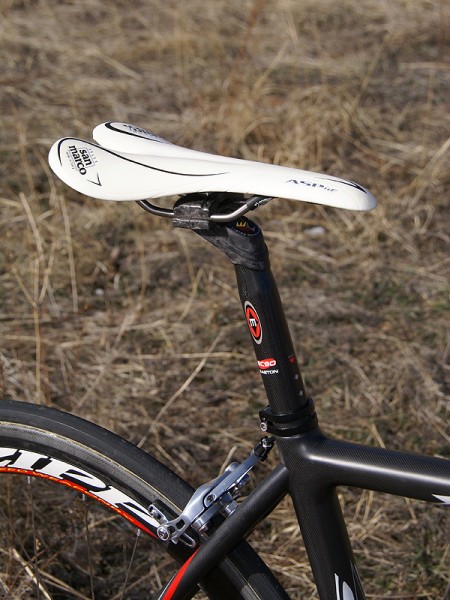
Jamis Bicycles’ top-end Xenith SL road racer might not please the UCI but that shouldn’t stop the rest of us from having some fun on this featherweight flyer.
The US company may not be the biggest name in the bike world but its Xenith SL monocoque carbon road platform gives a good indication of where these guys are headed and how far Jamis has progressed in recent years. The sub-900g frame club was once rather exclusive territory, but Jamis claims its newest carbon creation is a bona fide card carrying member and the scales seem to prove them right.
Ride: Okay, so it’s light… so what?
We’ll plead guilty to sometimes over-emphasising the importance of minimal mass but there’s little argument to just how a 6kg bike feels under foot particularly when there is so little sacrifice in terms of performance as seems to be the case here. Some of the credit undoubtedly belongs to the speedy Zipp hoops and their appropriate balance of low mass and sleek aerodynamics (if you’ve never tried a set of deep-section carbon tubulars, put off the kid’s college education for a semester and treat yourself) but even swapping in some Mavic R-SYS reference wheels did little to alter the bike’s get-up-and-go attitude.
The Xenith SL may not quite be the stiffest bike we’ve tested but it isn’t far off either, and the overall experience belies your expectations of how an ultra light machine should perform. There’s no dullness or whippiness to speak of and unlike many other similar-feeling frames, Jamis doesn’t resort to cartoonishly oversized tubing dimensions to get its point across.
Even the included fork delivers an astounding amount of handling precision easily comparable to forks a hundred grams heavier. The stout blades may not offer much in the way of aerodynamic performance but their reassuringly solidity is well worth the trade-off.
As a result, sprint performance is, as you’d expect, plenty fast and handling reflexes are appropriately sharp in combination with the frame’s relatively neutral 73/73 degree parallel angles and 271mm bottom bracket height. Naturally, a bike that is both stiff and light should also be a climber’s dream and the Xenith SL is no exception… that is, until you run out of gears which doesn’t take long given the stock setup’s 52/38T chainrings and 11-23T cassette – particularly if your test patch is the Rocky Mountains. Pure climbers likely won’t have any issues here but something a little more befitting the rest of us would be very welcome here.
Just about the only place where we were mildly disappointed (and we mean mildly) was in the Xenith SL’s ride quality. When fitted with the stock Zipp 404 tubulars, the Xenith SL delivers a buttery feel with excellent road feedback and a decent amount of liveliness. However, much of that smoothness went away when we fitted more conventional clinchers; small chatter was still absorbed well but anything bigger than typical road texture was felt loud and clear. The ride certainly wasn’t harsh by any means in most situations but it’s definitely on the firmer end of the spectrum, especially up front.
Frame: light, very light…
Critical frame design elements include the rounded triangular-profile top tube and down tubes, full-length twin seat stays (as opposed to more common wishbone configurations) and asymmetrical chain stays, all of which are said to offer the holy grail of stiffness and comfort. The top tube and down tube are also size-specific to maintain intended ride characteristics across the fairly generous 48-61cm size range. Rear dropouts are stiffer and more reliable forged one-piece aluminum units instead of the more commonly used two-piece bits.
Somewhat surprisingly, the Xenith SL really does weigh what Jamis claims it does: actual weight on our 54cm tester (yes, we took it apart) was just 890g and that even included the seat collar, rear derailleur hanger, bottom bracket cable guide, bottle bolts and barrel adjusters. The matching Jamis-designed Xenith monocoque carbon fork was similarly feathery at 290g (with factory-trimmed steerer).
Equipment: making the most of light foundations
Our top-end test bike’s stock build kit takes full advantage of its lightweight foundations. Only FSA’s superb K-Force Light crankset and an X10SL chain from KMC punctuate the nearly complete SRAM Red gruppo. Cockpit components include an Easton EA90 stem, EC90 Equipe SLX bar and EC90 post topped with a Selle San Marco Aspide saddle. As if there was any remaining doubt as to the Xenith SL’s intended use, Jamis also includes a set of premium Zipp 404 carbon wheels and Vittoria Corsa Evo CX tubulars.
Total weight as equipped (but without pedals) is just 5.98kg (13.16lb). Yikes.
The SRAM Red group continues to impress us with its superb ergonomics (man, we love the adjustable reach) and solid braking (augmented by Zipp carbon-specific pads). Shifting was very good overall and the KMC chain and OG-1090 cassette made for a surprisingly potent combination. Even so, it’s still not <i>quite</i> on par with the kings of multiple-speed drivetrains – Shimano.
Shift performance was very good up front as well but it’s the silky smooth feel, absence of flex and low rotating mass of the FSA K-Force Light crankset that continue to win us over. As with the cassette, some riders may want compact gearing luckily the K-Force Light has a compact 110mm bolt circle pattern so a swap of rings is all that’s required.
The Easton EA90 stem was superb and lends ammunition to the argument that carbon fibre offers little advantage here. The accompanying carbon SLX Equipe bar, though, is still lighter, more comfortable and yet stiffer than any comparable aluminum bar but the unique bend might not be for everyone. The forward-leaning kink up top provides plenty of room for your wrists when you’re in the drops but also puts undue pressure right on your ulnar nerve if you happen to rest your hands up there.
Unfortunately, the EC90 post was a bit of a letdown. While it never slipped during use, the molded-in carbon serrations eventually began to round off after a few adjustments and the generous 25mm of offset might be excessive for some riders’ physiques. We had to slam the Selle San Marco Aspide saddle all the way forward on the rails for a proper knee-over-pedal spindle measurement but at least the perch was reasonably supportive and comfortable in spite of the relative lack of padding.
Summary
All in all, the Jamis Xenith SL is a competitive rider’s dream: it has a fantastically light yet rigid chassis that has just enough give to get you to the finish line reasonably fresh, competent handling manners, and a race-ready spec straight out of the box. Even the 1K woven top sheet finish and stealthy black, white and red color scheme on our test frame is flawless.
We won’t call it inexpensive, but at US$6500, the Xenith SL is also a veritable bargain given the high zoot build kit (the wheels alone retail for over US$2000. Jamis also offers the same frameset with Dura-Ace and Mavic Ksyrium SL clinchers for US$1400 less.
The firm ride, flatlander gearing, aggressive positioning and race day-only wheels might give non-racers and more casual riders a bit of pause but all of those issues are easily rectified at your local shop if need be. Otherwise, most will find little to fault with the go-fast package.